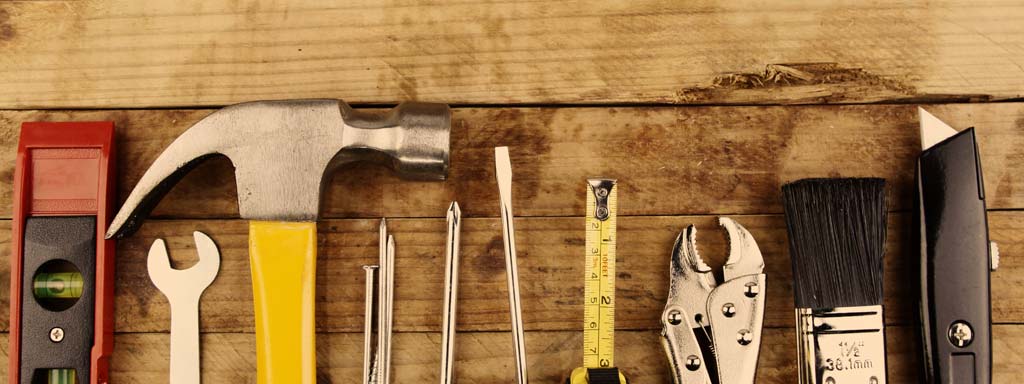
Your chimney performs a few very important tasks to help keep your fireplace safe. Apart from channeling smoke so that it leaves your house, it also prevents carbon monoxide from accumulating in your home when you make a fire and prevents fires from spreading.
Your chimney isn’t just a hole in the roof above your fireplace that allows smoke to escape, it’s a necessary safety measurement. There’s much more to a chimney than meets the eye. More specifically, the inside of a chimney is what helps it to function properly.
Have you ever seen the inside your chimney? Do you what a safe chimney should look like inside? Would you be able to see if something wasn’t right?
Maybe you do know what the inside of your chimney looks like, and maybe you’re confident in your ability to identify and fix any problems you could potentially come across. But it would be wise to reconsider that confidence, because chimney care involves more than simply sweeping out some blackish, dirty-looking stuff and then calling it a day.
Why You Shouldn’t Inspect Your Own Chimney
Sweeping a chimney seems easy enough. Technically it should be as easy as cleaning anything else in life. If you’ve ever washed your own driveway pavement or the walls of your house, cleaning out a chimney shouldn’t be much more difficult that they, should it?
Well actually, sweeping a chimney is a rather tricky thing to do. It’s definitely more complicated than cleaning your driveway.
For starters, you’re actually going to have to get on the roof of your house. Without implementing the necessary safety precautions, that in itself could lead to absolute disaster. You might think that getting on your roof without a harness to prevent death or serious injury in case of a fall isn’t very important. Like many people, you probably think it’s okay as long as you don’t do it too often.
Truth is, the risk you’re taking is still pretty big. Once you’re on the roof, you’ll also have to be performing tasks you don’t do regularly. Especially if you’ve never cleaned your own chimney, you’re running a high risk of either falling, or not doing a proper job of cleaning out all the debris. In both cases, your negligence could prove to be fatal. And even if you are planning to use a safety harness, improper use could lead you to end up gaining almost no safety benefit from it.
But when it comes to the actual chimney inspection, things get even trickier. Small cracks on the inside of your chimney could lead to big problems. The same applies for loose bricks or damaged mortar.
A qualified chimney sweep will know exactly what to look for during a chimney inspection. Among obvious issues, such as checking for bird nests or animals like snakes or squirrels that could be taking shelter in your chimney, a professional chimney sweep will also be able to tell whether or not your chimney complies with safety requirements regarding size and structure.
Why Not Just Get A Handyman?
Like many other people, you might realize the risks involved in cleaning out your own chimney, so instead of hiring a chimney sweep, you decided to get a handyman.
Clearly, you respect the fact that you aren’t able to perform dangerous tasks and that you need to hire a professional, which is already a step in the right direction. By hiring a handyman, you’re reducing the risk of injury from a serious fall. But you aren’t paying someone not to get hurt, are you? You want your chimney to be properly inspected and cleaned.
And while the average handyman will be able to do a much better job of sweeping your chimney than you can do yourself, it’s still not as good as getting a real chimney sweep to do the job. It’s a bit like getting a dental assistant to do the work of a dentist. Yes, you’re working with a qualified professional, but that doesn’t mean the professional you’re working with is right for the job.
Chimney sweeps usually complete courses by the Chimney Safety Institute of America (CSIA) or other organizations that help them to specialize in their field. A good chimney sweep isn’t just a handyman who decided he likes sweeping chimneys, but a professional who knows that doing a proper job can be a matter of life or death.
That said, you should always ask before hiring a company or individual to inspect your chimney, because not all chimney sweeps have any special training for the job. The chimney sweep industry is largely unregulated, with only a few recognized associations providing qualifications for companies and individuals. Fact is, many chimney sweeps really are only handymen who decided to sweep chimneys, and while they might be just fine at doing their job and what they’re doing is in no way illegal (although it could be, in some cases), it’s always better to get someone who knows their stuff when it comes to chimneys.
Normally, it’s recommended that you have your chimney inspected once a year. If you just moved into a new house, having the chimney inspected before using it also is advised. Other than that, you should have your chimney inspected if too much smoke is entering your house from the fireplace, if you notice any strange smells, or if you notice anything else that could potentially be a problem.
If you’re in search of a professional company to help you with chimney inspections, then feel free to contact Chimney Sweeps West. We’re a BBB accredited business and we specialize in performing thorough chimney inspections.





